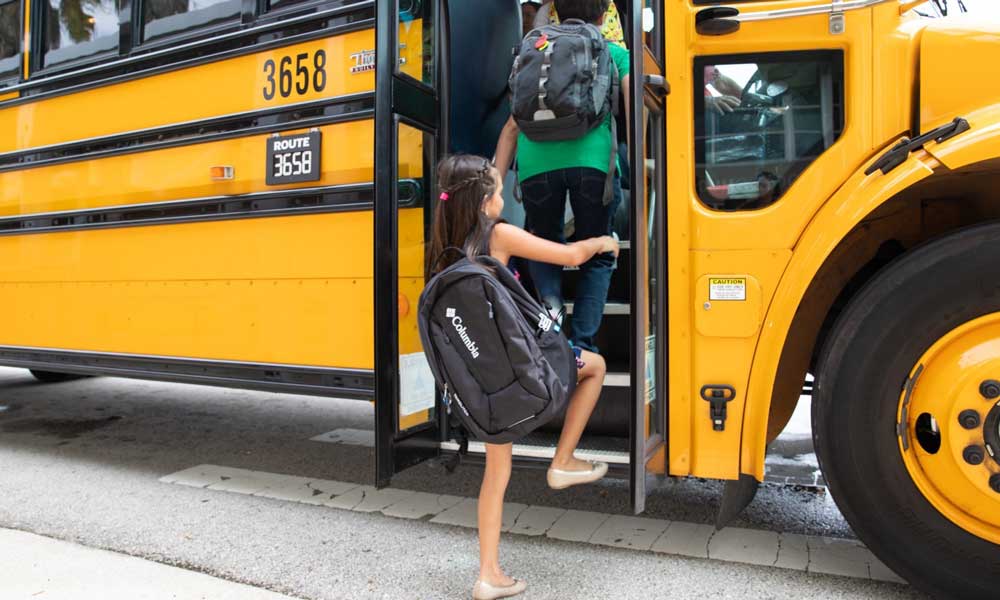Dealing with Difficult Passengers on Board: Strategies, Practices, and Resources
Approximately 2,000 assaults against transit operators happen in Canada each year, says a report published by the Canadian Urban Transit Association. Drivers in the USA are under the same risk of violent attacks. As the government, transit agencies, and transportation associations work to improve the situation, we would like to share some of our insights, resources, and examples to help protect operators and even prevent assaults from happening in the first place.
Positive Attitude for Conflict Prevention
One of the best ways to protect bus drivers is to train them to prevent conflicts. A recognized expert and trainer in personal safety and founder of Road Worthy Communication, Bill Parsons, explained in an interview with Seon that the most challenging thing in such training is to make operators believe in their own power to choose their mindset and attitude towards others that will direct their actions. By using this power, combined with special communications strategies and tactics, operators can de-escalate difficult situations quickly and even save lives. To learn more about these strategies, you can read the full interview with Bill Parsons here.
Just a few days ago I personally witnessed a very interesting case of conflict prevention on a regular transit bus. It was on the 4:20 pm route from the industrial park where our office is located, to the closest Rapid Transit station: so, almost 90% of passengers on-board were people who takethat bus route every day. At one of the stops a group of loud, intoxicated and unkempt people jumped on the bus and continued a very boisterous and harsh discussion they had started before boarding. All the passengers were quite unpleasantly surprised by the noise and the vocabulary of the conversation. After a few moments, as the group did not calm down and the discussion was even more heated, the bus driver decided to take action and improvise for the sake of passenger safety.
Instead of arguing and being irritated with the noisy passengers, the operator made a very humorous and friendly speech that had a much better effect on the audience. He greeted everyone on-board, introduced himself, and said that when it is raining it is usually quite challenging to navigate the bus and, since it was pouring outside, he apologized for the slower traffic on the roads. Then he added, “But today, you should be enjoying your trip even more since we have a very special drive with the combination of both stormy showers and “stormy” passengers. Here all passengers started laughing and after a couple of other friendly comments from the driver everyone on the bus was in a really good mood, smiling and exchanging comments, while the loud friends became quiet until the end of the trip.
This was a great example of how humor and positive attitude can help de-escalate a conflict on board and prevent violent situations from happening.
Resources for Transit Safety
But policies and communication strategies alone are not sufficient for assault prevention. These methods should be combined with modern safety technologies. To meet the challenges of public transportation, technologies such as high-resolution camera systems, GPS fleet tracking, and live video streaming, can be used to monitor driver safety in real-time. Visit our web site to learn more.
Last year, Seon launched a Stop Violence Against Driver’s campaign, creating a resource page on our web site with the links to training, best practices, pending legislation, and other organization’s initiatives to help protect operators, and publishing a YouTube video on ‘Making Transit Safer for Operators’ to promote the campaign.
As we continued to examine and analyze the most efficient assault prevention strategies, we found an interesting example of safety guidelines from Transport Safety Victoria (TSV) in Melbourne, Australia, that can be compared with the practices we have in North America. The organization offers training and guidelines for bus operators on how to deal with difficult passengers. If a disruptive situation escalates, “drivers should try to avoid conflict at all times”, states TSV. The following actions may help the operator to address the passenger behavior:
- stop the vehicle when and where considered safe
- open all doors
- remain in the driver’s seat or area if appropriate
- request the difficult or aggressive passenger to alight from the vehicle
- do not physically handle the passenger unless you are acting in self-defense (If acting in self-defense the amount of force used must be reasonable and proportional)
- call a supervisor
For additional protection, the organization proposes to use alarms and emergency communication systems, barriers, audio and video surveillance cameras, as well as GPS-based vehicle tracking.




































